[toc]
What is a Mind Map?
Mind Maps, also known as Spray Diagrams or Spider diagrams are an incredibly useful tool for note-taking or as reminders of discussion points for meetings, presentations or training courses.
They allow you to get much more information onto a page, reducing the amount of detailed notes you need to have in front of you.
They can help you to remember more information and keep you organised. They are also useful for problem-solving.
Mind Maps help you to organise content and ideas and add structure to them. You can see how information sits together and see local flows in it.
The brain chid of Tony Buzan, mind maps use a two-dimensional structure instead of a conventional list of information. It makes it easier to add details or more information later and should make it easier to move information around if needed.
Mind Maps ‘chunk down’ larger subjects into smaller pieces of information, making it easier to get an understanding of content and ideas. It can show dependencies and links between different pieces of information as well as cues on where to go or look next.
They can be very creative. Designed in a way that you understand and can buy into. Many people don’t even use words on them. Instead, they prefer to use pictures as reminders.
What Can You Use a Mind Map For?
Mind Maps can be used for a number of different things:
- Brainstorming ideas or solutions to problems
- Note-taking
- Presentation or training course scripts
- Memorising information or revision
How to Create a Mind Map
Start with the subject you are looking at in the middle of a blank sheet of paper. Draw a bubble or a circle around it.
Next, think about the major subject areas/potential problems/ideas and add these to the sheet, surrounding the bubble and drawing lines to link the bubble and your subject/problem/idea.
Then, add any additional details (the next level) as branches coming of the subject/problem/idea.
- Keep points short – use only one word or statement. You could even ditch words altogether and use pictures (providing you remember what they mean.
- Make points clear – use print rather than joined-up writing
- Make it colourful – use a different colour for each point or approach i.e. use red for asking a question, green for saying something etc.
- Link points together – show links using dotted lines or another method. Show where you need to go next or remind yourself to go back to a previous point.
Mind Maps are not for everyone, but they are a useful and very simple tool to use.
The term Mind Map is a trademark of the Buzan Organisation (www.buzan.com). Revolution Leaning and Development is not associated with this organisation.
Mind Maps in Training Courses
If you would like to know more about Mind Maps and how to use them in your day to day work, our Critical Thinking and Problem Solving Training Course will provide you with some help and guidance on this.




